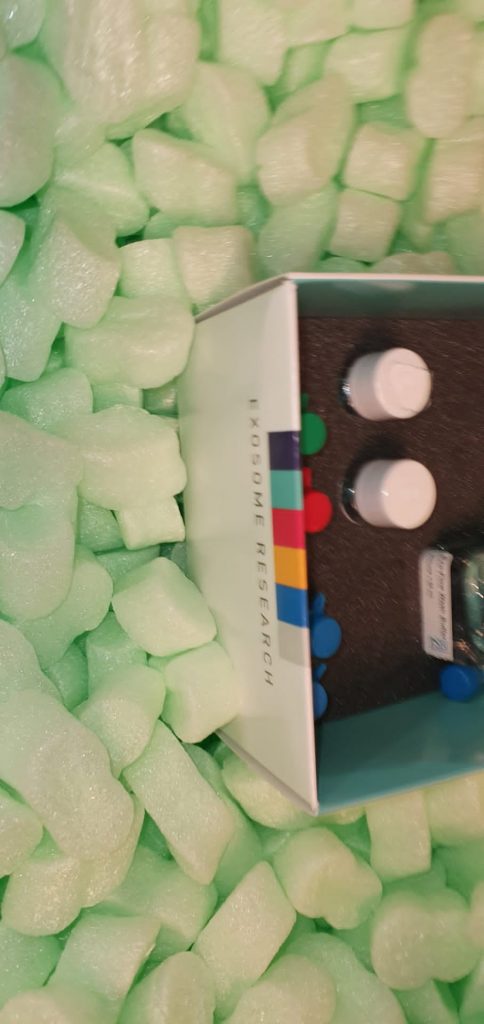Though allotriploid poplar exhibits a salient vegetative growth advantage that impacts biomass and lumber yield, the proteomic knowledge of Populus allotriploids haven’t been scrutinized for figuring out the underlying molecular mechanisms. We performed a large-scale label-free proteomics profiling of the fifth, 10th, and 25th leaves of allotriploids and diploids, and recognized 4587 protein teams. Among 932 differentially expressed proteins (DEPs), 22 are transcription elements (TFs) that would regulate vegetative growth advantage in allotriploids.
The DEPs concerned in gentle response, Calvin cycle, and photorespiration, protein synthesis, sucrose synthesis, starch synthesis, and starch decomposition displayed elevated expression in Populus allotriploids. However, the DEPs functioning in sucrose decomposition, tricarboxylic acid (TCA) cycle, and protein degradation exhibited considerably downregulated expression. The alternations of these DEPs augmented effectivity of photosynthesis, carbon fixation, sucrose and starch accumulation, and decreased capability of carbohydrate consumption, resulting in bigger quantity of biomass and vigorous growth in Populus allotriploids. Sorafenib is usually used to deal with superior human hepatocellular carcinoma (HCC). However, medical efficacy has been restricted by drug resistance.
In this research, we used label-free quantitative proteomic analysis to systematically examine the underlying mechanisms of sorafenib resistance in HCC cells. A complete of 1709 proteins have been confidently quantified. Among them, 89 have been differentially expressed, and extremely enriched in the processes of cell-cell adhesion, detrimental regulation of apoptosis, response to drug and metabolic processes involving in sorafenib resistance. Notably, folate receptor α (FOLR1) was discovered to be considerably upregulated in resistant HCC cells.
In addition, in-vitro research confirmed that overexpression of FOLR1 decreased the sensitivity of HCC cells to sorafenib, whereas siRNA-directed knockdown of FOLR1 elevated the sensitivity of HCC cells to sorafenib. Growing proof means that the pluripotent state of mesenchymal stem cells (MSCs) depends on particular native microenvironmental cues comparable to adhesion molecules and growth elements. Fibronectin (FN), fibroblast growth issue 2 (FGF2), and bone morphogenetic protein 4 (BMP4) are the key gamers in the regulation of stemness and lineage dedication of MSCs.
Therefore, this research was designed to analyze the pluripotency and multilineage differentiation of bone marrow-derived MSCs (BMSCs) with the introduction of FN, FGF-2, and BMP4 and to determine the metabolic and proteomic cues concerned in stemness upkeep.
How to successfully put together a pattern for bottom-up proteomic analysis of nanoparticle protein corona? A essential evaluate
Since the curiosity in the biomedical purposes of inorganic nanoparticles (NPs) has quickly grown over the final many years, there’s a want for a radical characterization of bio-nano interactions. NPs launched to the physique (principally intravenously) encounter plasma proteins, that immediately create a so-called “protein corona” on the NPs floor, giving the nanomaterial a brand new organic id. Type of the proteins that work together with NPs might have an effect on the in vivo destiny of NPs. For that purpose, it’s notably necessary to ascertain analytical strategies succesful of corona protein identification.
Bottom-up proteomics is most frequently used for that function. An important half of the experiment is pattern preparation, as it’s already confirmed that completely different protocols might result in distinct outcomes. This evaluate is aimed toward offering a characterization of two foremost levels of pattern preparation: separation of NPs with protein corona from the unbound proteins and the digestion of corona proteins. Taken collectively, proteomics analysis of porcine ISGylation substrates revealed putative useful roles of ISG15 and novel host ISGylation targets which will finally be concerned in mobile antiviral responses.
Separation strategies comparable to centrifugation, magnetic separation, and chromatography and three digestion strategies (in-gel, in-solution, and on-particle) are described with particular emphasis paid on their benefits and downsides in addition to their affect on the outcome of identification. This paper additionally signifies the want for standardization of protein corona identification protocols, as some of the proteins could also be preferentially detected whereas making use of a selected digestion process.

Proteomic Analysis of ISGylation in Immortalized Porcine Alveolar Macrophage Cell Lines Induced by Type I Interferon
Interferon-stimulated gene product 15 (ISG15), a ubiquitin-like molecule, might be conjugated to protein substrates by means of a reversible course of often called ISGylation. ISG15 and ISGylation are each strongly upregulated by sort I interferons and play putative key roles in host innate immunity in opposition to viral an infection. However, the perform of ISGylation and identities of ISGylation substrates are largely unknown. Here, a novel monoclonal antibody (Mab) that particularly acknowledges porcine ISG15 (pISG15) was employed to seize ISG15-conjugated proteins from IFNs-stimulated porcine cell lysates.
Next, Mab-captured conjugates have been analyzed utilizing proteomics-based instruments to determine potential ISGylation protein targets in order to elucidate the roles of ISG15 and ISGylation in porcine cells. Subsequently, 190 putative ISGylation websites have been detected inside 98 recognized ISGylation candidates; a number of candidates contained a couple of ISGylation-modifiable lysine residue, together with pISG15 itself. Motif enrichment analysis of confirmed ISGylation websites demonstrated a average bias in direction of sure websites with particular upstream amino acid residues.
[Linking template=”default” type=”products” search=”Active Human recombinant protein” header=”2″ limit=”132″ start=”3″ showCatalogNumber=”true” showSize=”true” showSupplier=”true” showPrice=”true” showDescription=”true” showAdditionalInformation=”true” showImage=”true” showSchemaMarkup=”true” imageWidth=”” imageHeight=””]
Meanwhile, outcomes of Gene Ontology (GO)-based annotation and useful enrichment and protein-protein interplay (PPI) community analyses of porcine ISG15-conjugated substrate proteins indicated that these substrates have been primarily related to the host metabolism, particularly nucleotide metabolic pathways that finally might take part in mobile antiviral defenses. Notably, a number of ISGs (MX1, IFIT1, OAS1, ISG15 and putative ISG15 E3 ligase Herc6) have been additionally recognized as putative ISGylation substrates inside a regulatory loop involving ISGylation of ISGs themselves.

